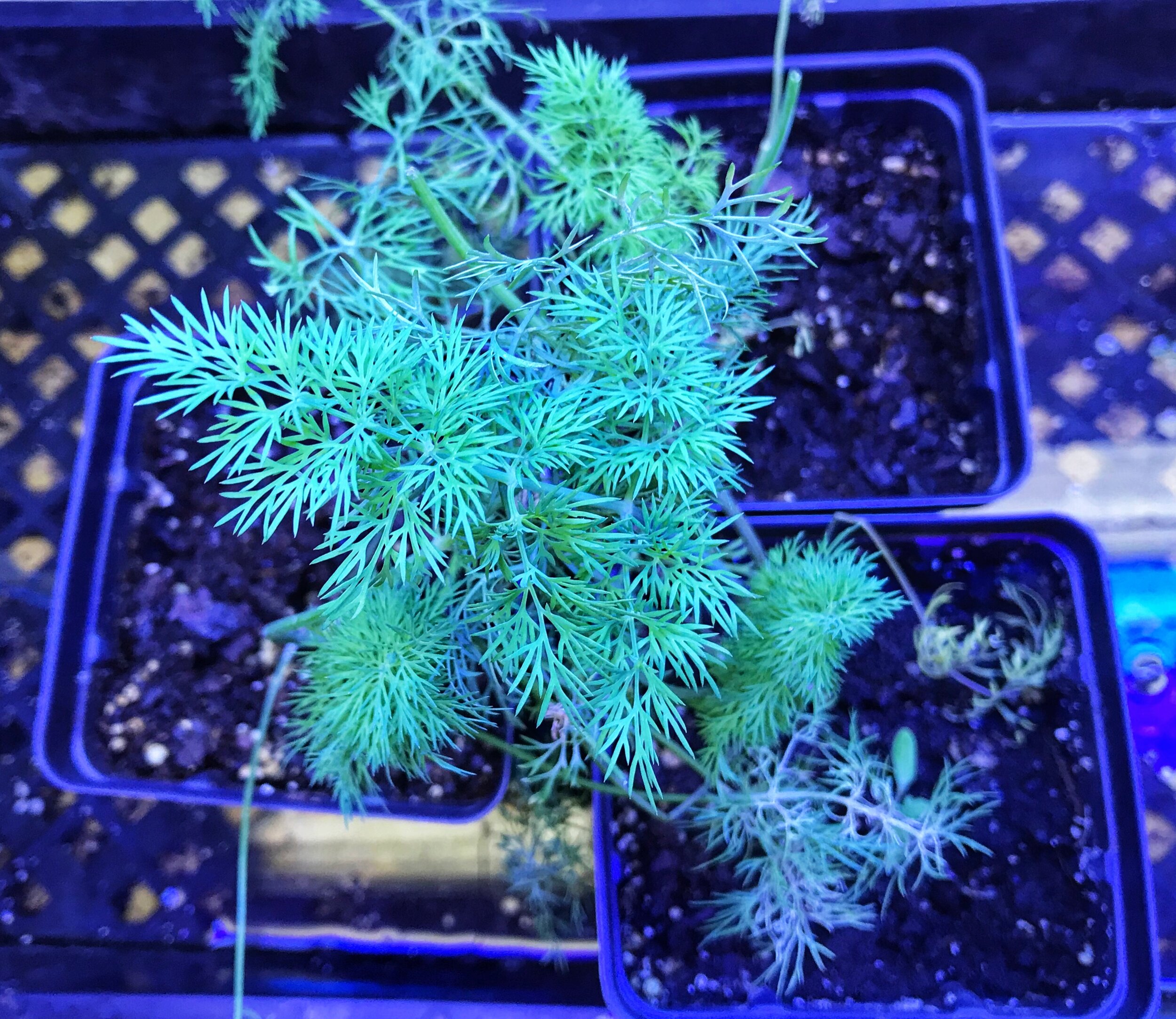New Potatoes With Dill - The Scoop
/Once in a rare while life delivers unparalleled bliss. New Potatoes With Dill is proof. The velvet texture and subtle taste of this humble side dish is nothing less than culinary nirvana. Be warned. This Cloud Nine experience has rigid requirements. The tubers and herb must come from your own garden. They must be served within six hours of digging the potatoes and trimming the dill. They must be properly prepared. Short cutting any of these provisos yields a mouthful of mediocrity. One more thing.
Think souffle vs scrambled eggs; Baked Alaska vs instant pudding; Bearnaise Sauce vs red-eye gravy. Like many famed dishes, New Potatoes With Dill, is inefficient, not cost effective, difficult to achieve, and generally a pain in the toosh. Along the way there will be disappointment. Trust me. It’s worth all of the above.
What is a New Potato?
Let’s start with what a new potato is not. A new potato is not a potato variety bred to stay pink, small, and with skin tough enough to transport unscathed to the supermarket. No. I’m pretty sure an authentic new potato can never be found in a Produce Section,
Skin is the key. The skin of a new potato is not fully developed and so is paper thin, fragile; and easily damaged -especially when wet.
What Varieties Make the Best New Potatoes?
I don’t know. I grow Red Lasoda. I don’t want to experiment because I don’t want to risk the New Potatoes With Dill Experience.
What Variety of Dill is the Best?
I don’t know. See above. I grow Dukat.
How Do You Plant Potatoes?
I plant as soon as seed potatoes are available in my area - usually around the last week in January (Zone 8). Physically examining the seed potatoes for defects is best - hence I don’t buy via mail order. DO NOT USE POTATOES FROM THE GROCERY STORE AS SEED. Look for seed potatoes with no mold, no mushy spots, no bugs/eggs, healthy eyes (they don’t fall out when touched), and no bad smells.
When you are ready to plant, cut a healthy seed potato in half along the axis (yes, I know it saves money to plant cut-out pieces with individual eyes - please don’t email me about this).
I use a post-hole digger to plant a half potato in 12 inch hole. I can cram just under 5lbs of seed potato halves in a 4x8 raised bed planting the seed pieces on 9 inch triangular centers (see John Jeavon’s Bio Intensive Gardening method)
Potatoes don’t like sticky clay, and are heavy feeders so the soil must be very rich - lots of compost. They need moisture so deep watering is required. Rotate location if you plant every year.
How Do You Grow Dill?
Get a good grow light (see my blog entry, The Right Light). Start seeds indoors about eight weeks before the average last killing frost in your area. Set out the plants in the garden two weeks after date of last frost. Or you can grow your dill in pots as long as the plants don’t become root bound.
When Do You Harvest New Potatoes?
This is the trickiest part of the whole deal. Conventional gardening wisdom says potatoes should be harvested several weeks after the plants die back. This lets the skin harden up.
Here is where we ignore conventional gardening wisdom (please don’t email me about this either). Watch for purple blooms. Dig new potatoes AFTER blooms have gone, but BEFORE the plant dies back (some of the bottom leaves may be starting to wither, and that’s OK).
If you come across a potato that is green or has a greenish tint, throw it away; its poisonous.
Why Didn’t I Get a Ton of New Potatoes?
You won’t. Chances are you’ll be disappointed. I can’t give you a reliable average-pound-per-plant harvest number. Remember - you’re in this for gustatory ecstasy, not a cost-effective bottom line.
Can I Store My New Potatoes to Use Later?
You can if you thrive on disappointment.
How Do I Cook New Potatoes With Dill?
Click Here for the New Potatoes With Dill Recipe.






